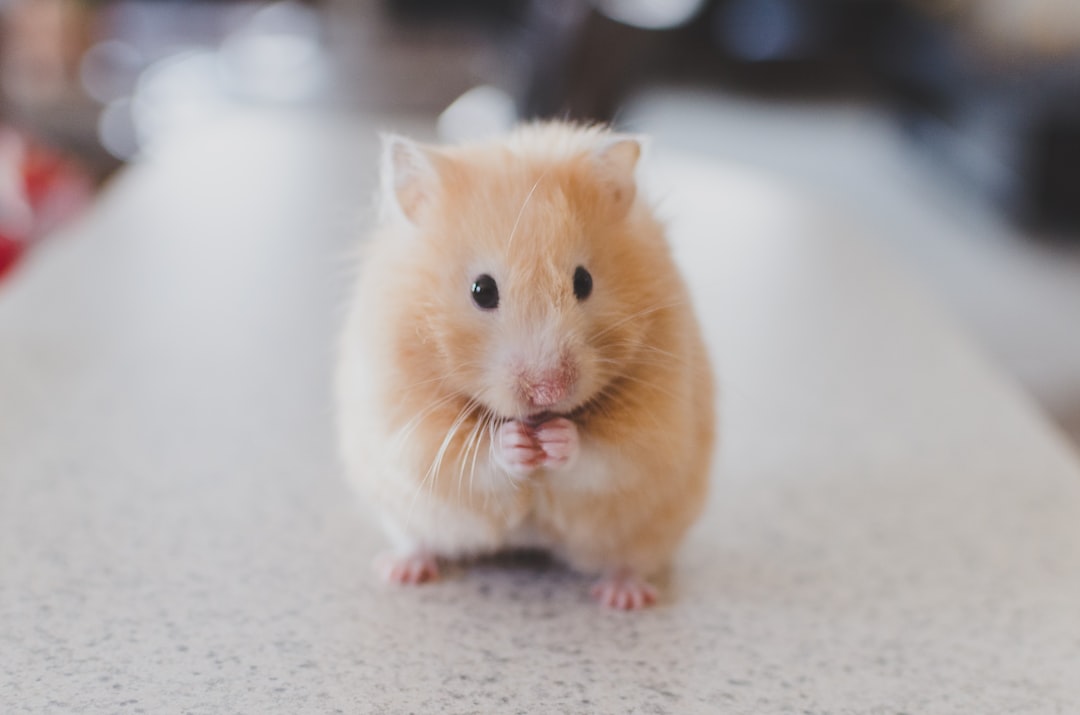The Intricate Social Structures of Ant Colonies
Ants are fascinating creatures that have captivated the interest of scientists, researchers, and nature enthusiasts for centuries. From their small size to their impressive strength, ants exhibit a multitude of incredible characteristics. However, one of the most intriguing aspects of ants lies in their complex social structures within colonies. These intricate social systems allow ants to function as a highly efficient unit, working towards the collective well-being of the colony.
To comprehend the social structure of an ant colony, one must first understand the different roles and responsibilities that ants take on. The most distinguished division within the colony is between the queen and the workers. The queen is the central figure of the colony, responsible for laying eggs and ensuring the survival of the entire population. Without the queen, the colony would cease to exist. Meanwhile, the workers take on various tasks to support the queen and maintain the functioning of the colony.
Worker ants are further divided into subcastes, each with specific roles. The largest group consists of foragers, responsible for leaving the nest to gather food resources. Foragers, equipped with highly developed senses of sight and smell, traverse long distances in search of sustenance. They communicate through a complex system of pheromones, trail marking, and even use the sun as a navigational tool.
Another group of worker ants takes on the responsibilities of nest maintenance, including construction and repair. These workers ensure the structural integrity of the nest and its overall cleanliness. They tirelessly remove waste, dead ants, and unwanted debris, keeping the environment hygienic and free from potential threats. Additionally, some workers are designated to caring for and tending to the eggs, larvae, and pupae of the colony. They feed, clean, and protect the growing ants, ensuring their healthy development.
Another fascinating aspect of ant colonies’ social structures is the presence of soldier ants. These ants have specialized physical attributes, such as larger jaws or stingers, to defend the colony against predators or other colonies. Soldiers act as the first line of defense, protecting the queen and the workers from any potential threats. They display an unwavering dedication to their duty, even if it means sacrificing their lives in the process.
An ant colony operates through a highly organized communication system, relying on chemical signals known as pheromones. Pheromones are secreted by ants to relay information about food availability, nest location, or potential dangers. By following these signals, ants can efficiently allocate resources and coordinate their response to external stimuli. Pheromones also play a vital role in the recognition and identification of different ants within the colony.
The social structure of the ant colony also extends beyond the physical bounds of the nest. Ant colonies engage in intricate interactions with surrounding colonies, leading to complex relationships. Cooperation and competition come into play as colonies vie for resources and territory. These interactions can result in territorial disputes or even cooperation in times of need, as colonies join forces to overcome challenges.
Furthermore, ant colonies possess intriguing reproductive systems. Apart from the queen, some colonies also have winged reproductive males and females, known as alates. These special ants are born with the sole purpose of mating and establishing new colonies. Once they have mated, alates take flight, embarking on a nuptial flight. This is a mesmerizing sight, as thousands of flying ants perform a synchronized dance in the air. After their flight, the males die, while the females establish new colonies to continue the life cycle.
In conclusion, the intricate social structures of ant colonies are a testament to the ingenuity of nature. From queens to workers and soldiers, ants work together harmoniously, driven by an instinctive need to ensure the survival and prosperity of their colony. Through specialized roles, communication systems, and interactions with other colonies, ants have perfected the art of social organization. Studying their social structures offers insights into the remarkable abilities and complexity of these tiny yet mighty creatures.

